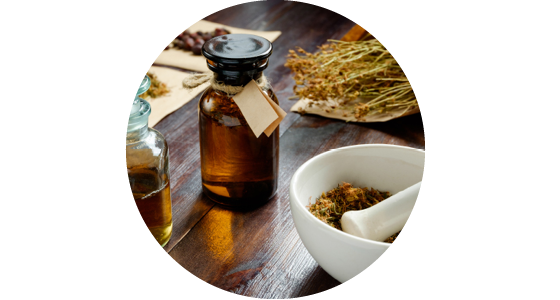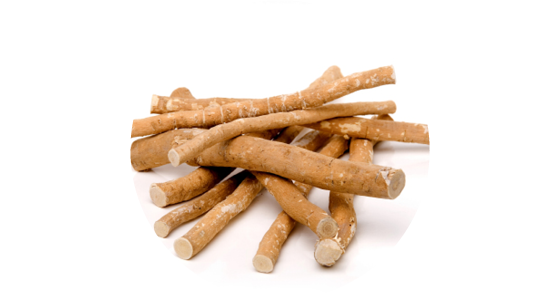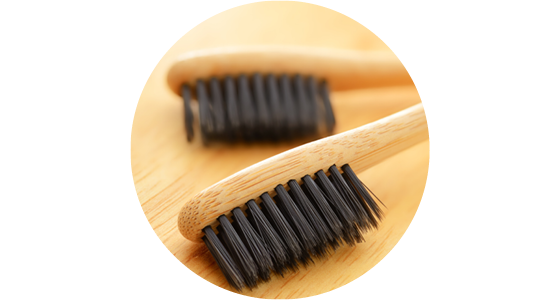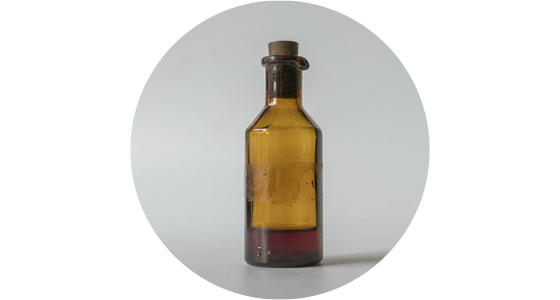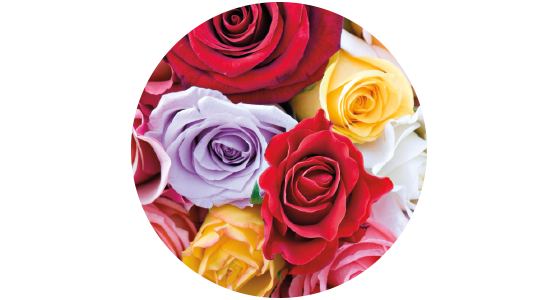The quest for fresh is nothing new. For centuries, people around the world have been battling the bacteria that causes bad breath. From the Talmud to multiple Shakespeare plays, the references to bad breath are frequent and sometimes even frightening. So, what did our ancestors do to help their mouths stay fresh? Let’s take a look back.
History of oral health: How did our ancestors freshen their breath?
Ancient Egypt
Ancient Egyptians may be responsible for creating the first breath mints — combining herbs and spices like frankincense, myrrh and cinnamon with honey to create refreshing sweets. While this technique may have temporarily masked odors, there’s little evidence to show it had lasting effects. In fact, an overwhelming majority of ancient Egyptians suffered from extreme dental issues according to research on ancient Egyptian mummies.
Medieval Arab empire
People in the medieval Arab empire chewed on mouth-freshening sticks, called miswak, from the shrub Salvadora persica. Twigs from this shrub are known to be fibrous and have a very aromatic scent. Beyond cleaning teeth from the repeated chewing motion, miswak is said to contain ingredients that may fight oral bacteria and prevent cavities. Today, the practice of using miswak can still be found around the world.
15th-century China
The Chinese were the first to try brushing bad breath away with bristles. They made toothbrushes using animal bone or bamboo for the handle and hog’s hair for the bristles! Many people found the hog’s hair bristles too tough, so by the time the toothbrush made its way to Europe, many people opted instead for softer bristles made of horsehair.
Late 1800s England and U.S.
In 1865, English surgeon Joseph Lister developed an antiseptic to kill bacteria during surgery. Years later, this antiseptic inspired Dr. Joseph Lawrence to create his own formula, called Listerine. For decades, the liquid was used to clean feet, floors and more — before being used to fight bad breath. Even more impactful than the creation of Listerine, was the marketing behind it. Jordan Wheat Lambert and his son reinvented bad breath as halitosis, making it a medical condition that could make one feel like a social pariah if left untreated.
19th century U.S. and Europe
In the early to mid 1800s, Europeans and Americans reached for tins containing tiny breath fresheners called “cachous” (kuh-shoo) — made from ingredients such as musk, violet essence, rose essence, licorice and cinnamon oil. While the product was a must-have in society, it was just another disguise, not a remedy, for bad breath.
Today
The best way to banish bad breath is following a good oral health routine — brushing twice a day, flossing daily and visiting the dentist regularly. If bad breath is still a problem, it’s time to chat with your dentist. It may be a sign of gum disease, dry mouth, diabetes, sinus and digestive problems, or liver and kidney disease.
Dental coverage after college
Congratulations on graduation! With college behind you, dental coverage may not be your first priority. But you may want to reconsider.
Is your mouth in shape for the summer?
Here are five tips to get your teeth (and body!) in good health.
Can flossing affect your heart?
Dr. Dill explains how gum health affects more than your mouth.

